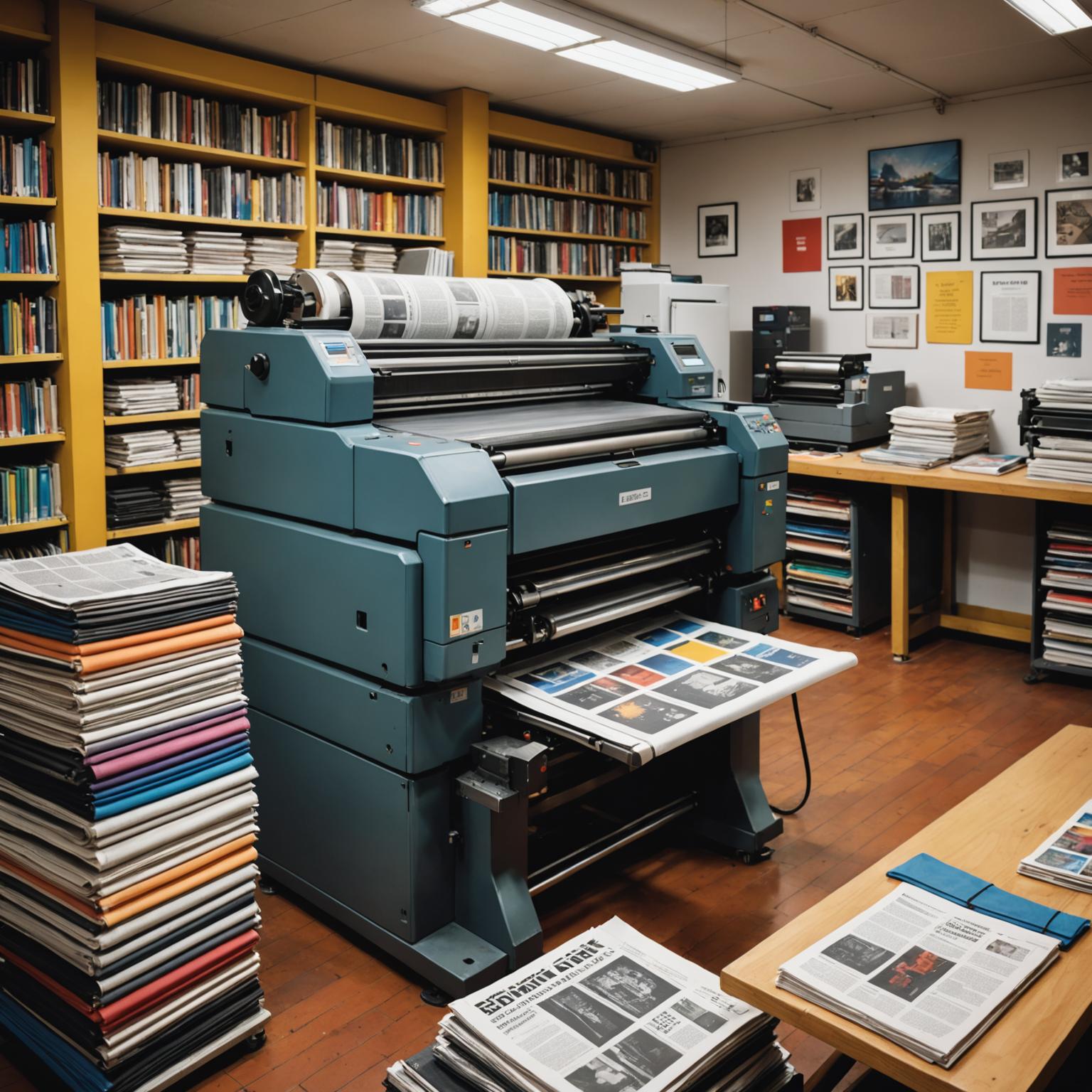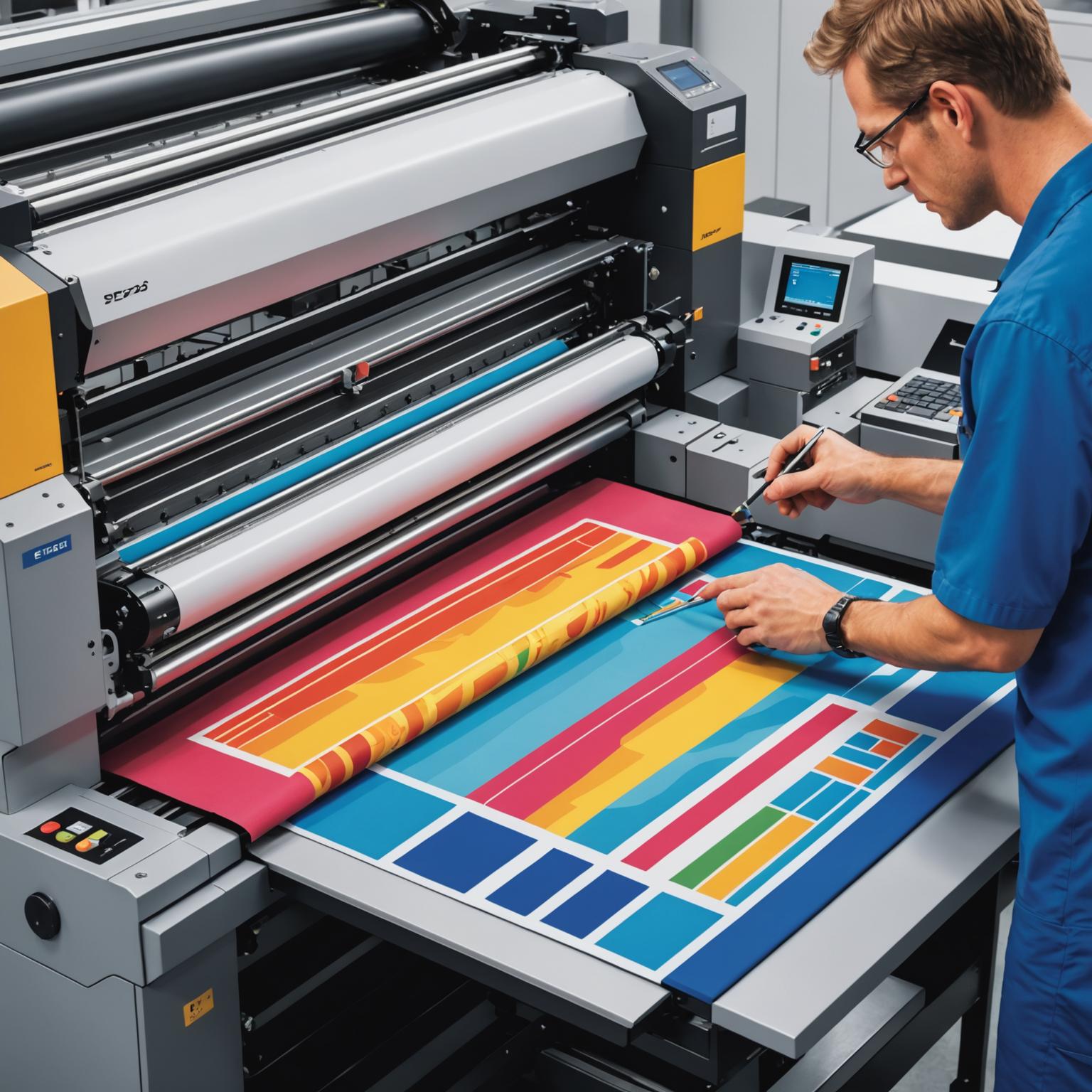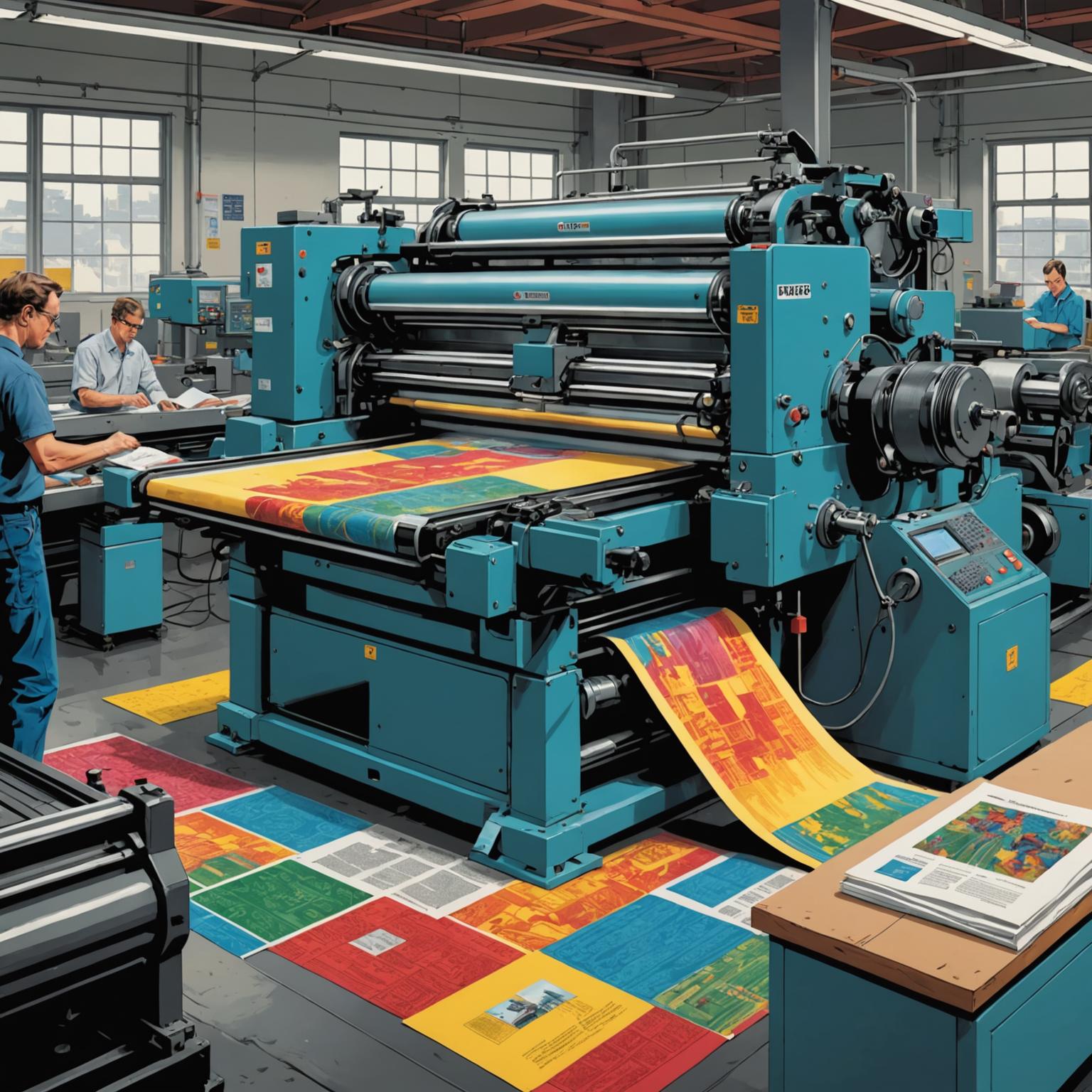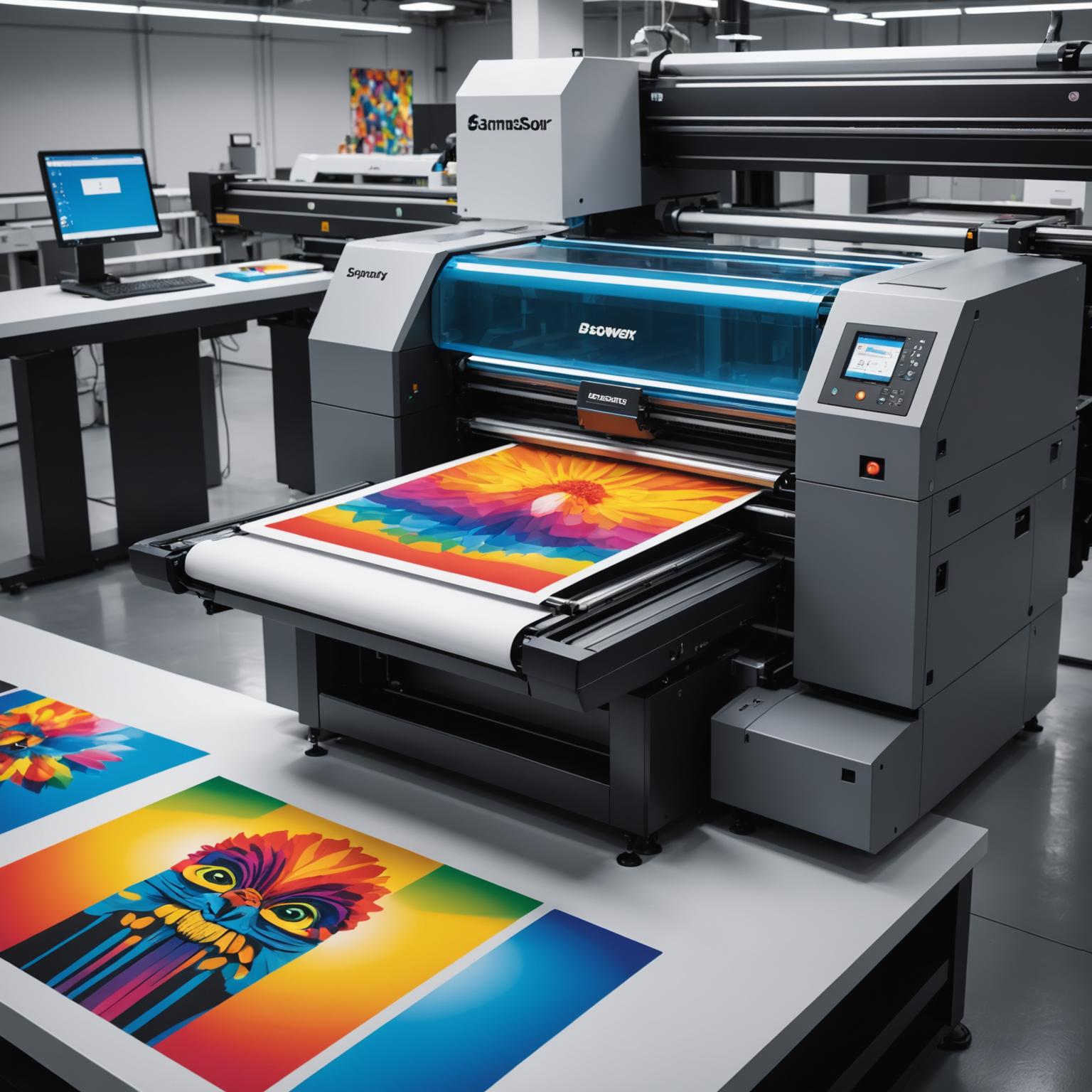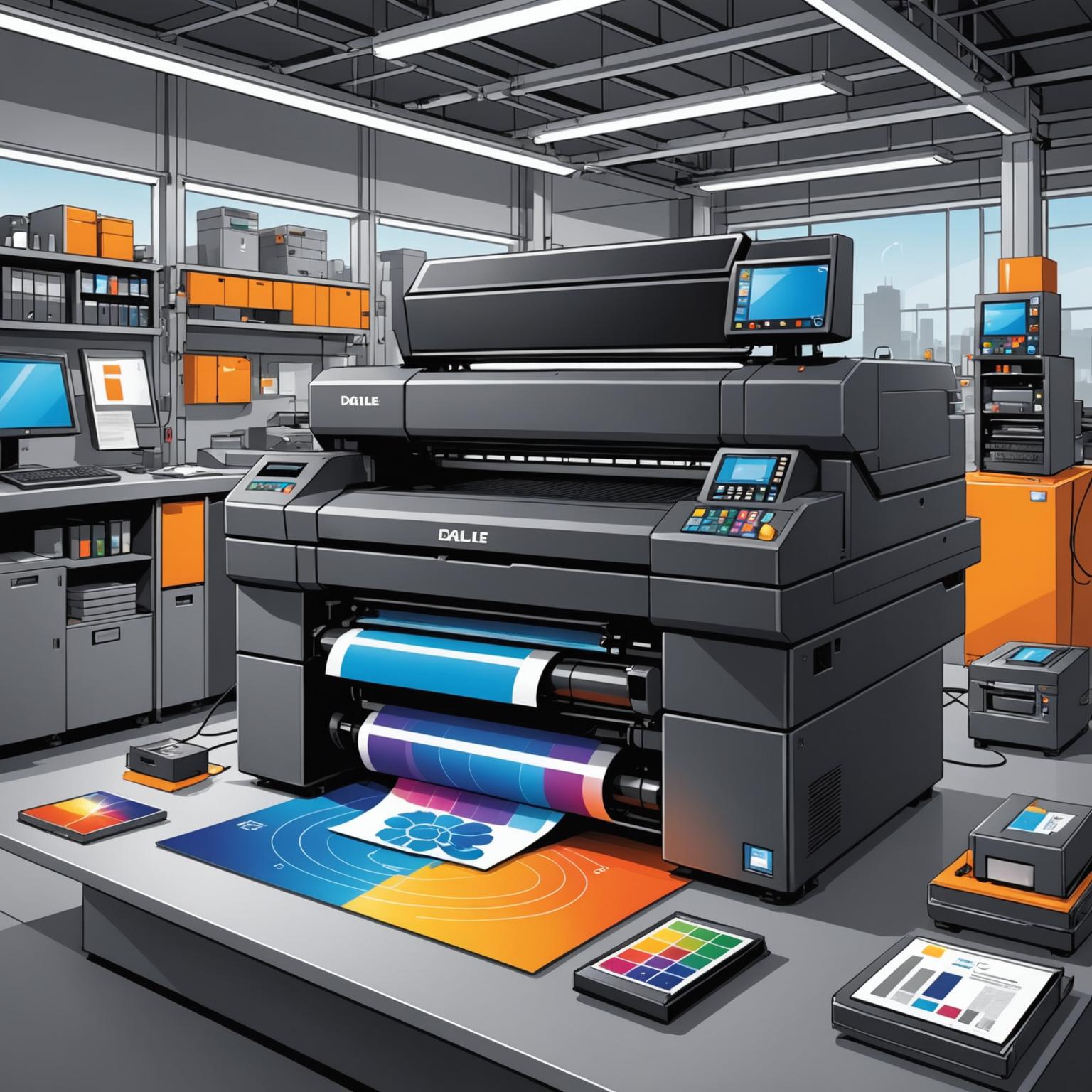From shipping boxes to product branding, Self-adhesive paper is a ubiquitous material that plays a critical role in commerce, logistics, and daily life. At its core, it is a composite material, typically consisting of a face stock for printing, a layer of pressure-sensitive adhesive, and a release liner. While its most common uses are straightforward, the technology has evolved dramatically, giving rise to highly specialized solutions for demanding industries. These advancements have enabled the creation of labels that can withstand extreme conditions and adhere to challenging surfaces, opening up new possibilities for product identification and branding.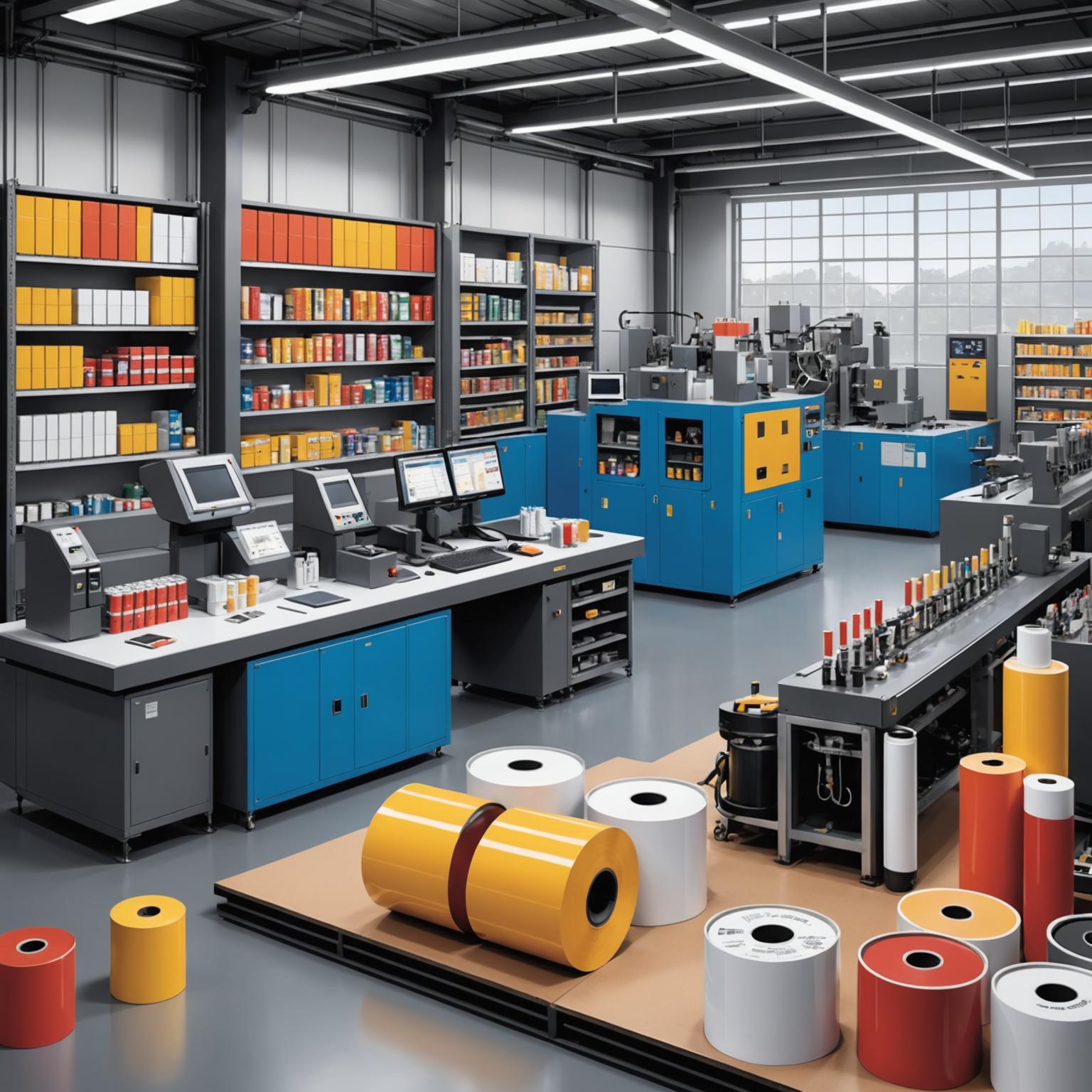
Understanding the Basics of Self-Adhesive Paper
Before diving into complex applications, it's essential to understand the components that make self-adhesive labels work. The face stock is the topmost layer where information and graphics are printed. It can be made from various materials, including standard paper, thermal paper, or more durable synthetic films like polyester (PET) or polypropylene (PP). Beneath this lies the adhesive, which can be formulated to be permanent, removable, or repositionable depending on the end-use. Finally, the release liner, often a silicon-coated paper or film, protects the adhesive until the label is ready for application. The interplay between these three components is what defines a label's performance and suitability for a specific task.
Innovations in Special Material Application Labels
Beyond standard paper labels, the industry has developed a vast range of products designed for specific, often harsh, environments. This category is broadly known as the Special material application label. These are not your average stickers; they are engineered solutions. For instance, labels for industrial chemical drums must be resistant to abrasion, chemicals, and saltwater immersion to comply with GHS (Globally Harmonized System) regulations. In the electronics industry, labels need to withstand high temperatures during circuit board manufacturing. In logistics and cold chain storage, they must adhere firmly to frozen or damp surfaces. A successful Special material application label is the result of carefully selecting the right combination of a durable face stock and a high-performance, specialized adhesive to ensure longevity and readability throughout the product's lifecycle.
A Niche Focus: The Electronic Cigarette Label
The vaping industry presents a unique set of labeling challenges, making the Electronic cigarette label a prime example of specialized design. These labels must perform multiple functions simultaneously. Firstly, they must adhere securely to small, often curved, plastic or glass bottles and device surfaces. Secondly, they need to be durable enough to withstand frequent handling and potential exposure to e-liquids, which can cause inks to smudge or adhesives to fail. Thirdly, the Electronic cigarette label is a crucial marketing tool, often featuring high-quality graphics, metallic foils, and tactile finishes to attract consumers in a competitive market. Finally, it must clearly display a significant amount of regulatory information, such as health warnings, ingredient lists, and nicotine strength, in a legible format on a limited surface area. This requires a sophisticated label construction that combines visual appeal with robust performance.
The Convergence of Durability and Design
Creating an effective Electronic cigarette label or any other Special material application label involves a careful balancing act. The materials chosen must not only serve a functional purpose but also enhance the product's aesthetic. For e-liquids, this might mean using a no-label-look clear polypropylene film to showcase the color of the liquid, paired with a water-resistant adhesive. The printing process is equally important, often utilizing digital printing for short runs with vibrant colors or flexography for larger-scale production. Over-laminates or varnishes are frequently applied as a final step to protect the print from scuffs and moisture, ensuring that the branding and critical information remain intact from the point of sale until the product is fully used. This meticulous engineering demonstrates how far the technology has advanced from simple paper stickers.


